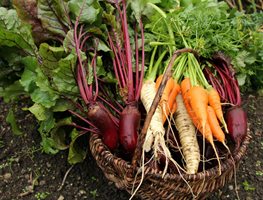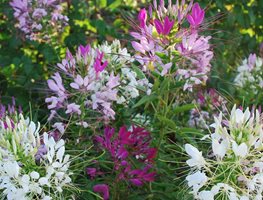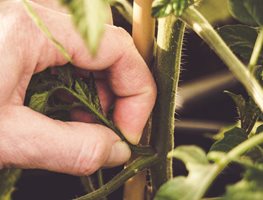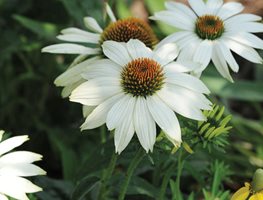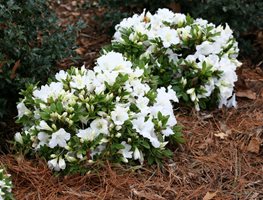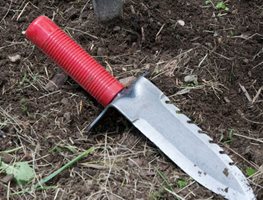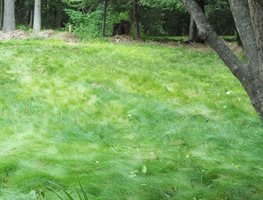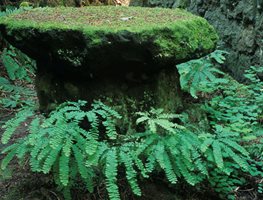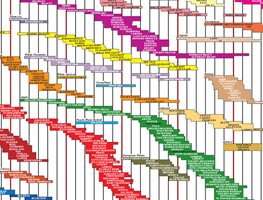June Gardening Checklist for Seattle
If you live in or around Seattle, June is a great planting month. There will be less chance of soggy weather, and things are starting to warm up—that little bit of extra heat will go a long way with edible crops as well as perennials and annuals.
1. Plant Edible Crops Now If You Haven’t Already
Transplant these summer crops as soon as possible: basil and most herbs, corn, cucumber, eggplant, melons, peppers, summer and winter squash, tomatoes. You can sow these seeds directly into the soil for best performance: beans, beets, carrots, collards, corn, parsnip, pumpkins, radishes, salads, scallions, leeks, swiss chard.
2. Plant Flowers for Late-Summer & Fall Color
Most of these plants are incredibly colorful and have the additional benefit of attracting pollinators to the garden: borage, butterfly flower, calendula, creeping zinnia, lace flower, nasturtium, slipper flower, spider flower, sunflower, zinnia. Plant these flowers in and around raised beds, in pots and window boxes, or tuck at the front of planting beds. A number of these flowers such as borage, nasturtium, sunflowers, and calendula have edible petals; they make colorful additions to summer and fall salads. If planted in late June, these flowers will be at peak bloom from August into September.
3. Prune and Pinch Your Tomato Plants
As your tomato plants grow, they can easily get out of hand. Be sure to spend some time pruning or pinching off suckers that form between the main stem and branches. Pruning these suckers allows the tomato plant to focus energy toward flower and fruit production. It also allows you to grow plants closer together while still allowing for ample sunlight and air circulation. To pinch off suckers, find the sucker and cut it off using hand shears or pinch off with your hand (this video shows how to pinch off suckers).
4. Plant Echinacea
Echinacea is a favorite of bees, butterflies, and birds—and we think it’ll soon become a favorite of yours, too. If you plant Echinacea plants in June, you’ll have flowers blooming throughout late-summer and into fall. Echinacea also has an interesting form if you leave it through the winter to dry in the garden rather than deadheading it. A few wonderful varieties include ‘Green Jewel’ which was discovered by Piet Oudolf, pink ‘Magnus’, yellow ‘Meteor’, white ‘Fragrant Angel’, light-pink ‘Bubble Gum’, white PowWow, and burgundy-stemmed ‘Merlot’. Good sources for these plants include Proven Winners, White Flower Farm, and American Meadows.
5. Deep Water Trees and Shrubs
Deep watering is one of the most effective ways to water trees and shrubs because it soaks roots deep in the ground and leads to less water runoff. To soak trees, use a hose with a slow emitter or use tree watering bags. Water every 2 weeks for up to several hours during each watering. Deep watering stakes can also be effective in keeping trees and shrubs watered during periods of heat and can be connected to drip lines. Be sure to set the trees on a longer watering cycle than they are on the rest of the year.
Don't miss out on what to do next month! Make sure you're signed up for our weekly newsletter.
6. Keep Up with the Weeding
One of the best ways to control weeds is to give the garden a heavy mulch. But, as we all know, weeds are inevitable, so be sure to plan a weekly weeding session so things don’t get out of control. Weeding early in the morning is often best—it’s cooler out, and the soil is generally less firm from a day of heat which makes it easier to pull the weeds. Soil knives are the ideal weeding tool. A great option is the Professional Gardener's Digging Tool from Garrett Wade. This digging tool is super sturdy and has a hand-guard so you hand doesn’t bang into rocks or slip off the handle. Learn other safe and natural ways to get rid of weeds in your garden.
7. Replace Your Lawn with a No-Mow Groundcover
Few people need large expanses of lawn to play or entertain on in their front or backyards. If you have a large lawn and actually use it for one of these purposes, that’s great (please send over an invite to your next party!). Otherwise, consider replanting your lawn with a no-mow variety such as the No Mow Lawn Grass Seed from American Meadows, red fescue, or Northern Ecology Mix.
8. Get Out for Garden Inspiration
One of the best things about June is that gardens all over Seattle are full of vibrant new growth and ideas gardeners are trying out this year. Plus, many of the spring-flowering plants are still in bloom as summer plants are ramping up. Stop by nurseries such as Ravenna Gardens for plants and a dose of inspiration (there are dozens of plant combinations and containers on display). Or, stop by a botanic garden such as Bellevue Botanical Garden. Be sure to visit the Rhododendron Glen at the garden to see a wonderful collection of ferns.
9. Take Your Edible Gardening Beyond Annuals
If you’re interested in expanding your horizons beyond annual edibles (think tomatoes, basil, peppers, eggplant, squash) then consider adding shrubs and trees that bear interesting fruit or can be used for DIY cleaners or other home remedies. Some of the best shrubs to plant include rosemary, lavender, and roses. When grown organically, they have all kinds of uses—ingredients for cooking or homemade cleaners, garnishes for drinks or salads, toppers for presents, cuttings for arrangements. Dave Wilson's Fruit & Nut Harvest chart is a wonderful reference to use when planning your mini home orchard. Select different varieties so you have fruit from spring all the way into winter; though in the Seattle area, you can move these dates back a little (the chart is based on weather in Modesto).
10. Study Up Before You Plant
Great Plant Picks, created by the Elisabeth C. Miller Garden, has lists of plants that are tested and proven for the Pacific Northwest climate. Don’t miss out on this knowledge when planning, expanding, or updating your garden. There are lists of plants for just about any situation: “bulbs for sun,” “conifers for sun,” “deep shade and regular water,” “deep shade and drought tolerant,” “shrubs for containers,” “shiny foliage,” “all ferns”. You get the point. They have everything. It’s tested. It’s amazing. Give it a try!
If you enjoyed this information, sign up for our weekly newsletter. Each week, you'll get Garden Design's best delivered right to your inbox including design tips, plant picks, great gardens, outdoor living products, and events to enjoy — along with monthly gardening checklists just for your area.
Do you know someone who would enjoy this Seattle area gardening information? Why not share it with them?
When you purchase products through links on our site, we may receive an affiliate commission. Thank you for your support.
